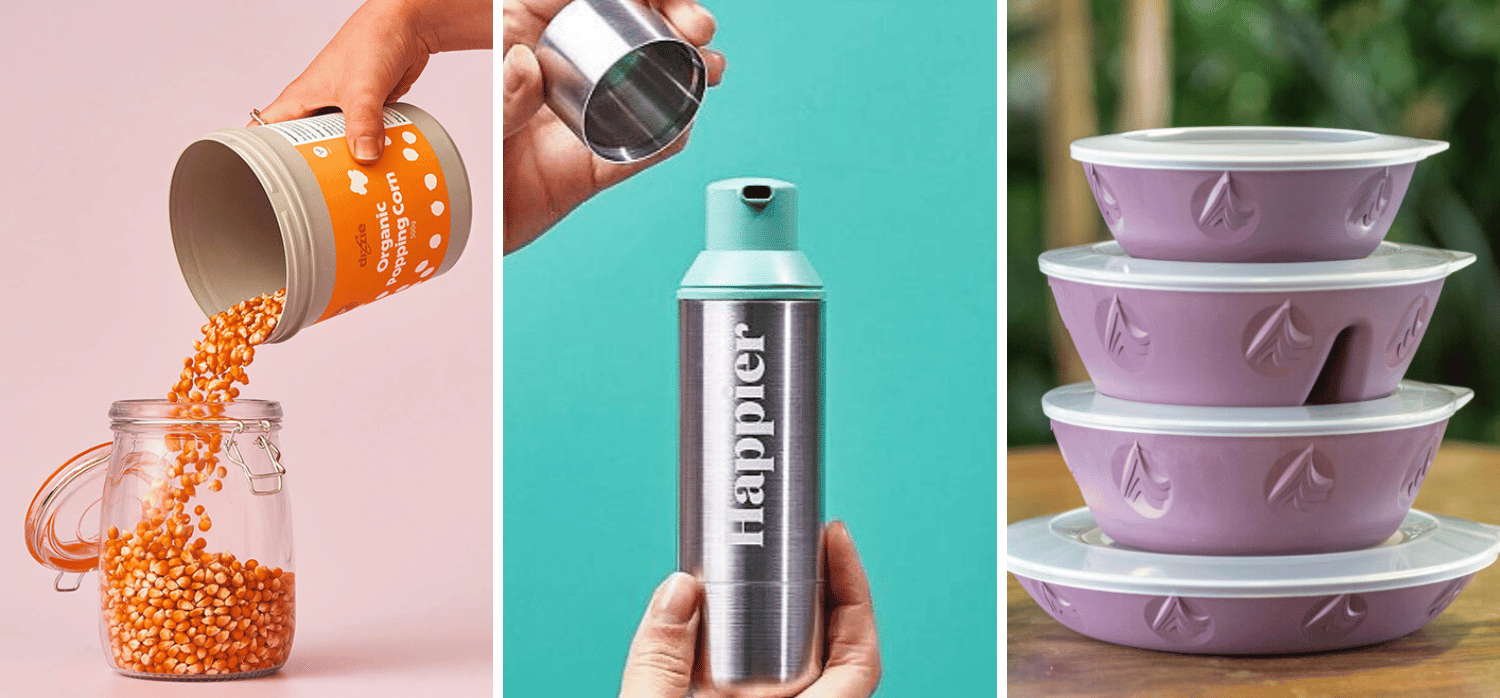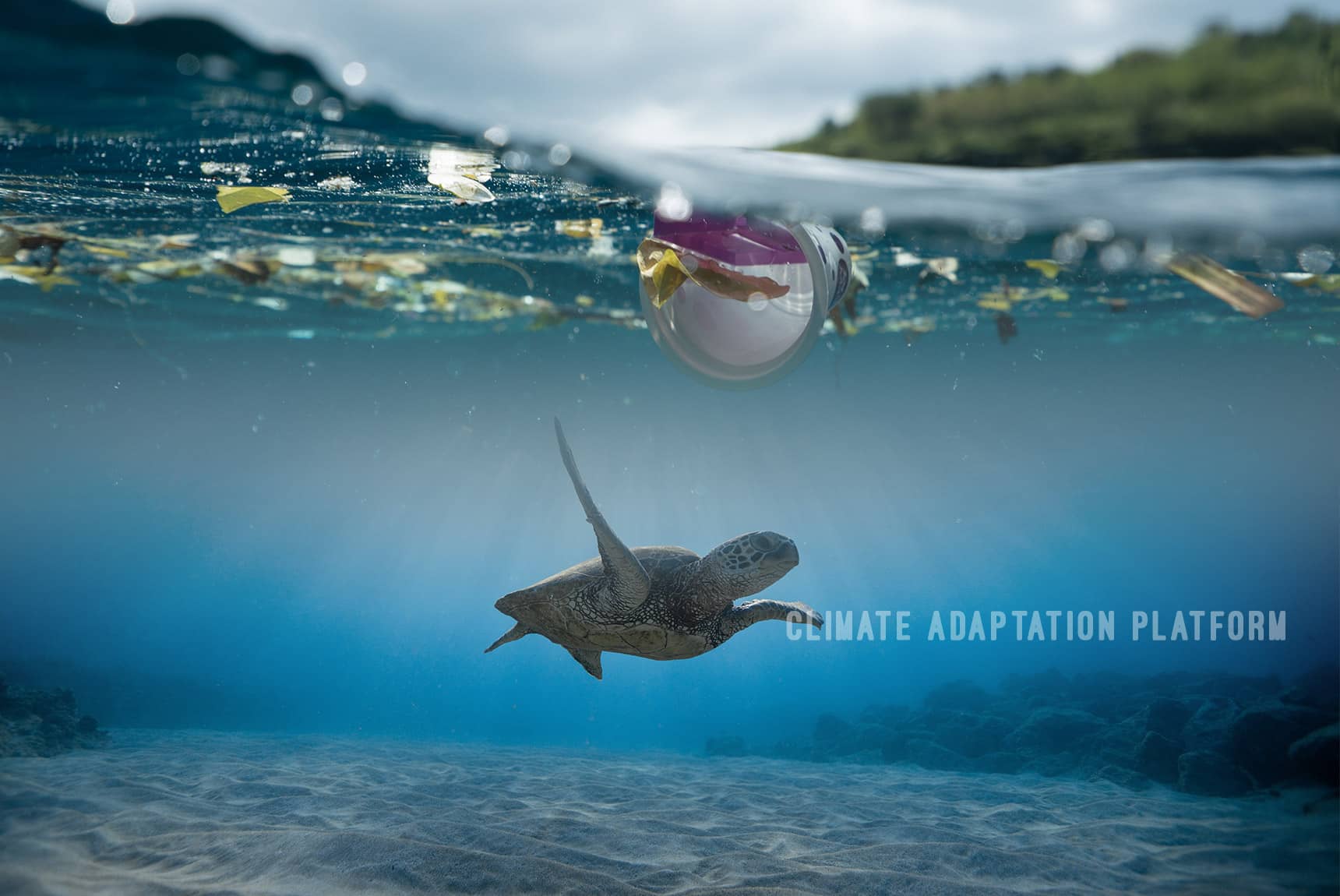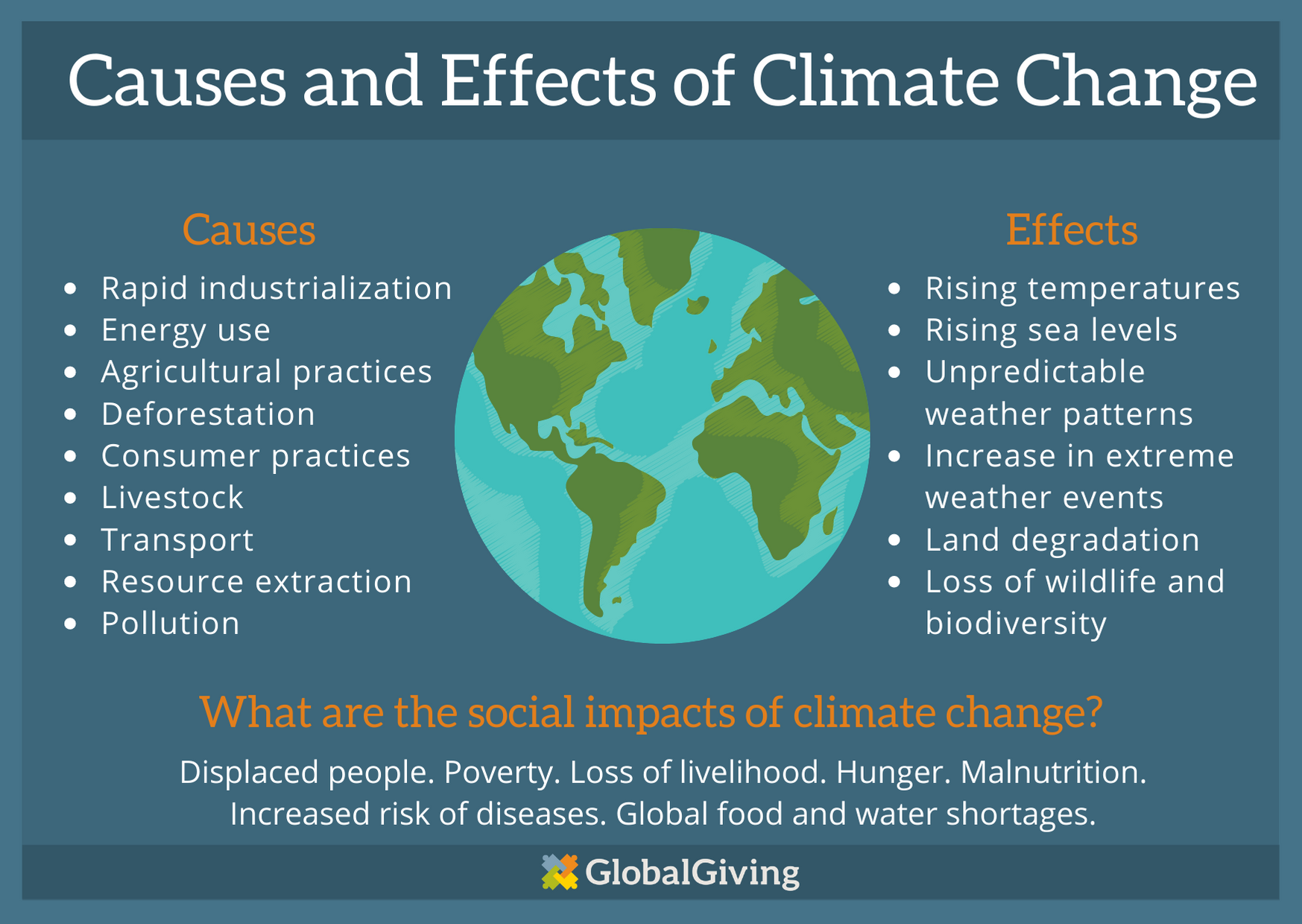Introduction
The packaging industry has long been associated with environmental concerns. From plastic waste polluting our oceans to excessive use of resources, the traditional approach to packaging has had a significant negative impact on the planet. However, there is a silver lining in this cloud of concern: innovations in sustainable packaging are on the rise.
As the world grapples with the consequences of climate change and the urgent need to reduce carbon footprints, businesses are stepping up their efforts to adopt eco-friendly packaging solutions. These innovations not only help protect the environment but also resonate with consumers who are increasingly conscious of their ecological footprint.
In this blog post, we will delve into the world of sustainable packaging, exploring the latest innovations and how they align with the fight against climate change.
- Eco-Friendly Materials
One of the most prominent trends in sustainable packaging is the shift towards eco-friendly materials. Traditional plastic packaging is a major contributor to pollution and greenhouse gas emissions. However, companies are now turning to alternatives that are kinder to the environment.
Biodegradable Plastics: Bioplastics, made from renewable resources such as cornstarch or sugarcane, are gaining popularity. They decompose naturally, reducing the long-lasting impact of traditional plastics.
Recycled Materials: Using recycled materials in packaging helps divert waste from landfills and reduces the need for virgin resources. Companies are increasingly using recycled paper, cardboard, and glass for their packaging needs.
Mushroom Packaging: An exciting innovation is packaging made from mycelium, the root structure of mushrooms. It is not only biodegradable but also versatile and can be molded into various shapes.
- Circular Economy Approach
The traditional linear economy, where products are made, used, and discarded, is not sustainable in the long run. The concept of a circular economy is gaining traction in the business world, and packaging is a key area where it can be applied.
Reusable Packaging: Companies are exploring reusable packaging solutions, where customers return packaging after use, and it gets cleaned and reused. This reduces waste and lowers the overall environmental impact.
Package-Free Shopping: Some businesses are adopting a package-free shopping model, allowing customers to buy products in bulk or bring their containers. This eliminates the need for disposable packaging altogether.
- Minimalist Packaging Design
Another trend in sustainable packaging is minimalist design. This approach focuses on using the least amount of materials necessary to protect the product. It not only reduces waste but also creates a sleek and aesthetically pleasing look.
Streamlined Packaging: Minimalist packaging is often characterized by clean lines, simple colors, and a focus on the product itself. This design philosophy not only reduces materials but also appeals to consumers looking for a more elegant and clutter-free experience.
- Smart Packaging Technologies
Advancements in technology have also played a significant role in making packaging more sustainable. Smart packaging solutions are emerging as a way to reduce waste and enhance the user experience.
QR Codes for Recycling Information: QR codes on packaging can provide consumers with information about how to recycle the product properly. This helps improve recycling rates and reduces contamination of recycling streams.
Temperature and Freshness Sensors: Smart packaging can include sensors that monitor the temperature and freshness of perishable goods. This reduces food waste by ensuring products are stored at optimal conditions.
- Collaboration and Innovation Hubs
Sustainable packaging is a complex challenge that often requires collaboration between businesses, researchers, and government agencies. Innovation hubs and partnerships are forming to accelerate the development of eco-friendly packaging solutions.
Cross-Industry Collaboration: Companies from different industries are coming together to share knowledge and resources to develop sustainable packaging solutions that benefit everyone.
Government Support: Governments are providing incentives and regulations to encourage the adoption of sustainable packaging. This includes tax incentives for eco-friendly packaging materials and stricter regulations on single-use plastics.
Conclusion
Innovations in sustainable packaging are not just a trend; they are a necessity in a world facing the pressing issue of climate change. Businesses that embrace these innovations not only contribute to a greener planet but also position themselves as leaders in the eyes of environmentally conscious consumers.
As we move forward, it is clear that the future of packaging lies in materials that are kind to the Earth, circular economy practices, minimalist designs, and smart technologies. Through collaboration and innovation, we can create a world where packaging no longer harms the environment but instead plays a vital role in preserving it for future generations.






